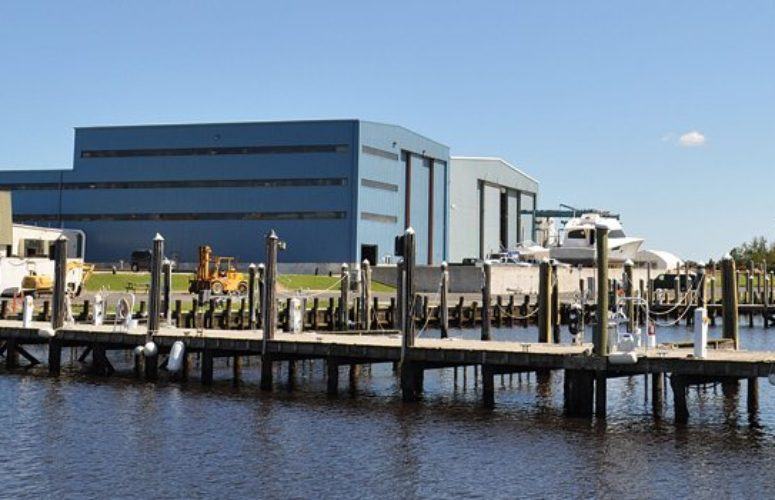
The NJBPU: More than Utility Regulation
How Energy Initiatives Generate Economic Growth
By Ilene Dorf Manahan, Contributing Writer On Sep 26, 2014
The BPU manages New Jersey’s Clean Energy Program (CEP), a statewide initiative that offers financial incentives, energy efficiency and renewable energy programs and services for New Jersey residents, business owners and local governments. These programs help them save energy, money and the environment by integrating energy efficient and renewable technologies into new construction, upgrades and new cooling and heating equipment installations.
“The Christie Administration is committed to continuing and advancing New Jersey’s leadership position in the development of clean energy generation and the efficient use of that energy,” notes Dianne Solomon, president of the BPU. “For the state’s businesses and residents, the CEP results in a stronger economy, less pollution, lower costs and reduced demand for electricity. The various incentive programs help to provide energy efficiency solutions for our businesses and residents, while providing more comfortable, healthier and safer buildings in which we work and live.”
With 90 percent of New Jersey’s businesses considered “small,” the BPU’s largest – and most successful – commercial and industrial CEP is Direct Install. Created specifically for existing small- to medium-sized facilities with peak demand below 200 kW, Direct Install is designed to cut a facility’s energy costs by replacing lighting, HVAC and other outdated operational equipment with energy efficient alternatives.
A turnkey solution that makes it easy and affordable to upgrade to high efficiency equipment, Direct Install begins with a free assessment to analyze energy usage throughout a building, provide comparisons with peer businesses, recommend changes and upgrades, and provide related costs, available incentives, overall savings and payback periods. The state will pay up to 70 percent of the retrofit cost, thereby dramatically improving a site’s payback
In addition to being turnkey and of minimal cost to the facility owner, Direct Install features fast turnaround time; the project installations typically are completed within 90 days of the energy assessment, and provide ongoing savings, as the new energy-efficient equipment will provide savings through reduced energy costs for years to come.
The Pay for Performance (P4P) program is a comprehensive energy efficiency program that provides incentives towards whole-building energy improvements. Its two components are geared for existing or new large buildings with monthly peak demand in excess of 100 kW. The state will pay up to $2 million for a project.
The Existing Buildings component serves in-place commercial, industrial and multi-family buildings. The New Construction component addresses new commercial, industrial and multifamily buildings with 50,000 square feet or more of planned space, and for buildings undergoing substantial renovations.
Both components involve program partners who provide technical services, energy reduction plans, financial plans for funding the project and a construction schedule for implementation. A major goal is to help participants save 15 percent or more on their energy consumption (Existing Buildings) or 15 percent below the current energy code (New Construction). With much of a company’s operating expense tied to energy consumption, the P4P has been very well received.
From a business development standpoint, savings on utility bills can translate into being able to hire more workers and take on more work. For example, during the recession, Viking Yacht, the world-renowned boat manufacturer based in New Gretna, faced some especially difficult economic times at its 500,000-square-foot facility. Through a $2.4-million project, with incentives of $877,500, the company posted $111,902 in annual energy-related cost savings, with a 10.5-year payback. As a direct result of the cost savings, the owners were able to put money back into promoting and expanding the business and hired back some 300 employees.
Besides the financial incentives, the BPU offers personal assistance to help take advantage of the programs through its Office of the Business Ombudsman, headed by Gary Finger. His office also is a member of the governor’s economic growth team, using energy programs as incentives to encourage business development, expansion and relocation to New Jersey.
Finger explains the incentive dollars are generated through the small Societal Benefit Charge “everyone pays on their utility bill.” By better understanding and controlling their energy bills and then tapping into these dollars through the CEP, businesses can be more competitive.
“Most people don’t look at their utility bill, though it’s typically one of their highest operating costs,” Finger states. “You might as well get the money back you paid (into the Societal Benefit Fund) to grow your business and stay in New Jersey.”
Finger adds, “We have to change how we think. Replacing fluorescent lighting with energy-efficient and long-lasting LEDs, for example, might be costly at the outset but have a longer life and provide a fast payback. Switching to LEDs can cut our energy bills by 20 percent – and it’s one energy efficiency and cost-saving strategy we can all use.”
Commercial and residential developers, builders, contractors and owners can find more specifics on CEP programs, services and incentives that will help them save energy, money and help provide climate solutions at www.NJCleanEnergy.com.



